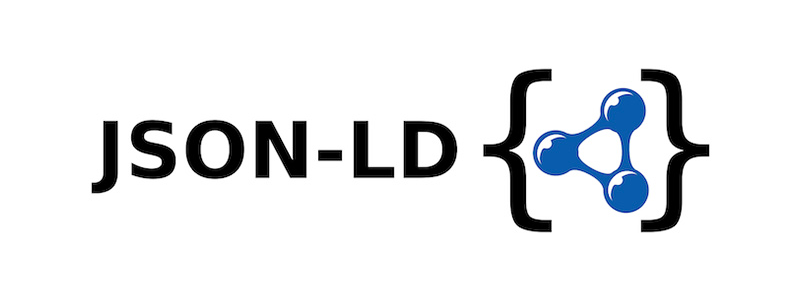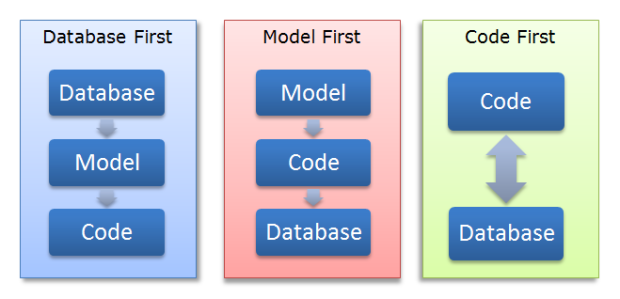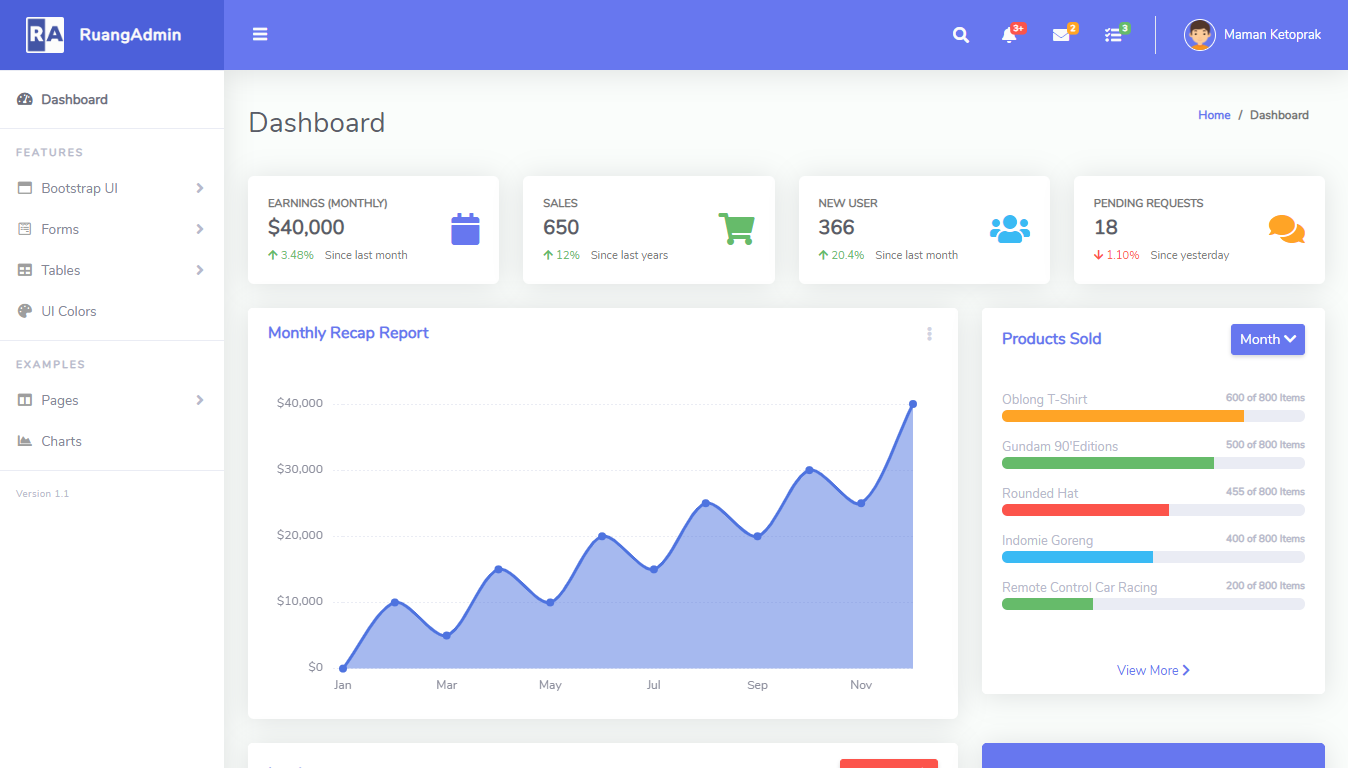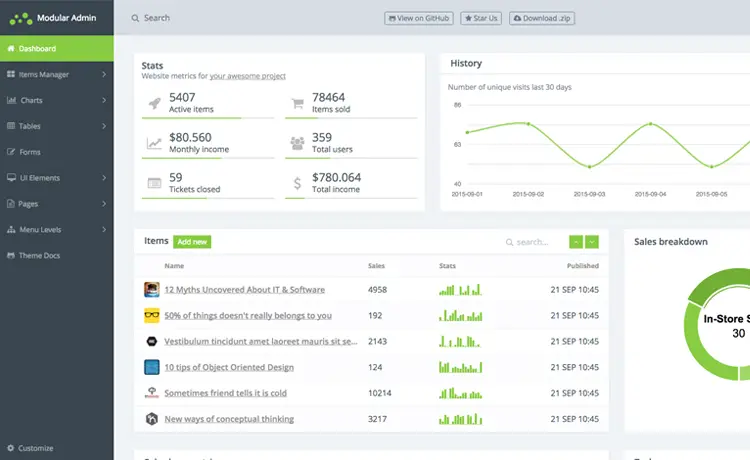How to use JsonExtensionData in C#
By Tan Lee Published on Mar 06, 2025 736
Adding JsonExtensionData to a Configuration Class
using System.Text.Json;
using System.Text.Json.Serialization;
public class Configuration
{
public string AppName { get; set; }
public string Version { get; set; }
[JsonExtensionData]
public Dictionary<string, JsonElement> ExtraSettings { get; set; }
}When deserializing JSON into this Configuration class, any fields not represented in the class will be captured in the ExtraSettings dictionary.
For instance, the following JSON contains fields that aren’t part of the Configuration class:
{
"AppName": "MyApp",
"Version": "1.0.0",
"Database": "SQL",
"LoggingEnabled": true,
"MaxUsers": 100
}After deserializing, you can access the extra properties like so:
var json = /* your JSON string */; var config = JsonSerializer.Deserialize<Configuration>(json); string database = config.ExtraSettings["Database"].GetString(); bool loggingEnabled = config.ExtraSettings["LoggingEnabled"].GetBoolean(); int maxUsers = config.ExtraSettings["MaxUsers"].GetInt32();
Use Dictionary<string, object> if you plan to serialize the additional properties as well.
- Use
Dictionary<string, JsonElement>if you only need deserialization. - Use
Dictionary<string, object>if you plan to serialize the extra settings later.
Serializing with Dictionary<string, object>
Using Dictionary<string, object> simplifies the serialization process.
using System.Text.Json;
var config = new Configuration()
{
AppName = "MyApp",
Version = "1.0.0",
ExtraSettings = new Dictionary<string, object>()
{
["Database"] = "SQL",
["LoggingEnabled"] = true
}
};
Console.WriteLine(JsonSerializer.Serialize(config));Output:
{"AppName":"MyApp","Version":"1.0.0","Database":"SQL","LoggingEnabled":true}Handling Null Values
If a property in the extra settings is null, how you handle it will depend on the dictionary type:
For Dictionary<string, object>:
var jsonWithNull = "{\"AppName\":\"MyApp\",\"Version\":\"1.0.0\",\"Database\":null}";
var configWithNull = JsonSerializer.Deserialize<Configuration>(jsonWithNull);
if (configWithNull.ExtraSettings["Database"] is null)
{
Console.WriteLine("Database setting is null.");
}For Dictionary<string, JsonElement>:
var jsonWithNull = "{\"AppName\":\"MyApp\",\"Version\":\"1.0.0\",\"Database\":null}";
var configWithNull = JsonSerializer.Deserialize<Configuration>(jsonWithNull);
var databaseSetting = configWithNull.ExtraSettings["Database"];
if (databaseSetting.ValueKind != JsonValueKind.Null)
{
// Use the value since it's not null
}Errors to Avoid
- Multiple JsonExtensionData Attributes: Only one property can have the
JsonExtensionDataattribute. Attempting to add it to more than one property will result in an exception. - Incompatible Property Types: Ensure that the property using
JsonExtensionDatais either aDictionary<string, JsonElement>orDictionary<string, object>. - Null Checks: Always check if the
ExtraSettingsproperty is null before accessing it to prevent aNullReferenceException.
By following these guidelines, you can effectively manage additional JSON data in your classes, ensuring that no relevant information is lost during deserialization.
- Structured Data using FoxLearn.JsonLd
- Breadcrumb (BreadcrumbList) structured data
- Article (Article, NewsArticle, BlogPosting) structured data
- Building Dynamic Structured Data with JSON-LD in ASP.NET Core
- Serialize and Deserialize a Multidimensional Array in JSON using C#
- JSON object contains a trailing comma at the end which is not supported
- How to use JsonDocument to read JSON in C#
- Serialize a tuple to JSON in C#





